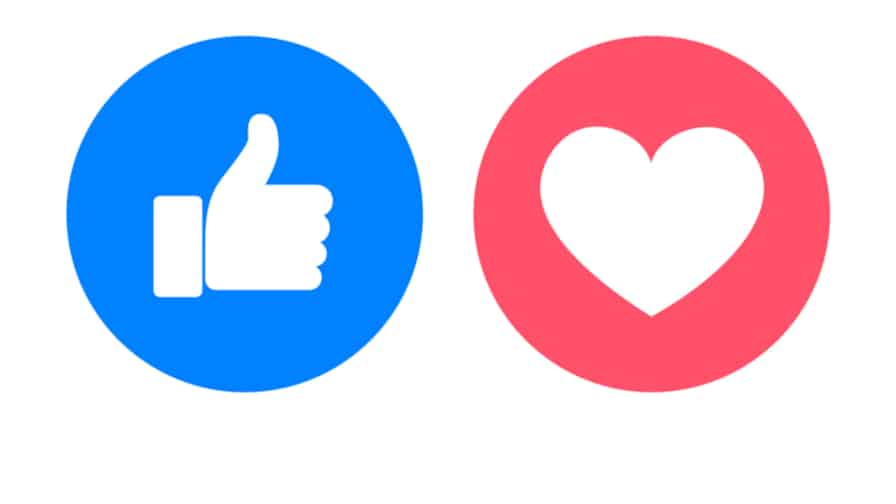Facebook has introduced some additional brand safety measures for advertisers using its ad network, allowing brands to choose where their messages appear before the ads go live via whitelists that pre-select the publishers and video makers they support, as reported on AdAge.
Announced on Wednesday (November 20), the safety measures include the ability to form whitelists, which replaces the previous standard safety feature blocklists. According to Facebook, whitelists allow a more proactive way for brands to manage where their ads run on Facebook Audience Network — a wider hub of websites and apps that carry ads from the social network.
As part of the new measure, advertisers can pre-approve websites and apps they want to run ads on, allowing greater control over the platforms they want to avoid.
“This week’s announcement is part of a two-plus year journey that we’ve been on to ensure that we provide advertisers with as many controls as possible to help their brands feel safe and secure being on our platform,” said Carolyn Everson, Facebook’s VP of global marketing solutions.
Furthermore, Facebook has introduced new mechanics for reporting to advertisers running ad campaigns, providing a better rundown of exactly where the ads appeared from start to finish. Advertisers can also apply brand-safety settings to all the campaigns for a given brand, instead of having to adjust the settings for every campaign.
“We will allow advertisers to do it at the account level, versus campaign [level],” Everson explained to AdAge.
“If I’m Pampers or Starbucks, and I want to ensure that my brand-safety controls are in place for everything I do, I can just do it once at the ad-account level and not have to go into the campaign-specific level, which was a big burden.”
Facebook is currently working with advertising technology firm Zefr in addition to Open Slate, Integral Ad Science and DoubleVerify as partners of the social platform to help brands manage their brand-safety regimes.
These developments follow Facebook’s recent brand safety certification from the Joint Industry Committee for Web Standards, which aims to reduce the risk of brands running ads adjacent to inappropriate content.
